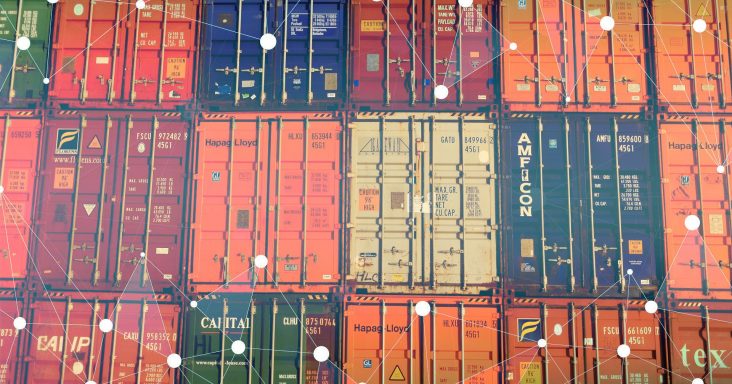Logistics companies can use technology to save time, grow
by August 15, 2022 11:38 am 1,522 views

The logistics industry won’t return to the pre-pandemic “normal” state, according to a recent whitepaper, and companies that adapt to challenges with modern solutions will be in a better position to succeed.
The Expedock whitepaper shows the global effects of the pandemic have affected every industry, and supply chain disruptions will need to be addressed with long-term solutions. Supply chains used to involve 80% predictability and 20% surprises. Now, those numbers have flipped.
Before the pandemic, the average third-party logistics company was 10-15 years behind in its technology, with one-third saying that technology was a top priority in the company’s objectives, the whitepaper shows. Following the supply chain disruptions amid the pandemic, more companies have realized that technology integration should be a higher priority.
According to the 2022 State of Ecosystem and Application Integration Report, 85% of companies are losing money on supply chain issues because of outdated integration systems and customer service issues. The results included lower margins on ocean and air shipments, decreased operator productivity and higher turnover rates among operators.
According to Expedock, logistics companies can take the following actions to cope with supply chain variability: automate responses for consistent customer support and availability, build stronger vendor connections for consistent partnerships and use technology to automatically check for errors and inconsistencies.
Companies will struggle to grow if they cannot keep up with demand or have practices that contribute to a high customer turnover rate, the whitepaper shows. Also, companies have struggled to keep up with key aspects of the customer experience because the staff is overworked and can’t keep pace with demand, workers are apathetic about the company goals or customers, or teams have no insight or information to give shippers.
Without insight, teams cannot identify weaknesses in the process, see what features are working well or provide answers for customers and vendors. According to the whitepaper, the following are some things teams need to have to be resilient: real-time status updates and tracking on loads for shipper transparency, port information to help carriers avoid unnecessary detention time and a dynamic pricing model that predicts competitive rates for each gig.
According to Expedock, new technologies are helping to solve supply chain issues, and companies that integrate the right technology are increasing productivity without overtaxing their teams. Technology to help the workflow of logistics companies might include automation, artificial intelligence, machine learning and data and analytics.
Logistics managers often spend about 40% of their time processing and reconciling critical data, the whitepaper shows. “This makes global trade less efficient and inaccessible for many businesses. Many companies are stuck in their current place and unable to scale.”
According to a 3Gtms report, automation can help logistics companies to more quickly secure capacity and execute transactions, allowing them to book more loads.
The report shows that software can handle data entry by importing it from other sources or save users a phone call by locating the information without human intervention. Carrier onboarding and searching load boards can happen in the background. And, brokers or logistics managers can focus on winning the award or reassuring the customer before handing off execution to the software to fulfill or reinforce confidence in the price.
Meanwhile, customers can spend more time fulfilling orders in a shorter amount of time with the same number or fewer employees, the report shows.
“Software is the foundation on which modern logistic service providers grow because it is what unlocks the capabilities allowing them to do so,” according to 3Gtms. “Reducing transaction times, integrating with other vendors and routing and capacity optimization all hinge on technology – the ability of people to free themselves from the repetitive, time-consuming tasks best left to automation and harness the power of the world’s most sophisticated algorithms to augment their thinking.”
The 3Gtms report noted that digital technology is not meant to replace people but “to get the best out of” them. Similarly, the Expedock whitepaper shows that technology has helped teams achieve more while reducing the load.
